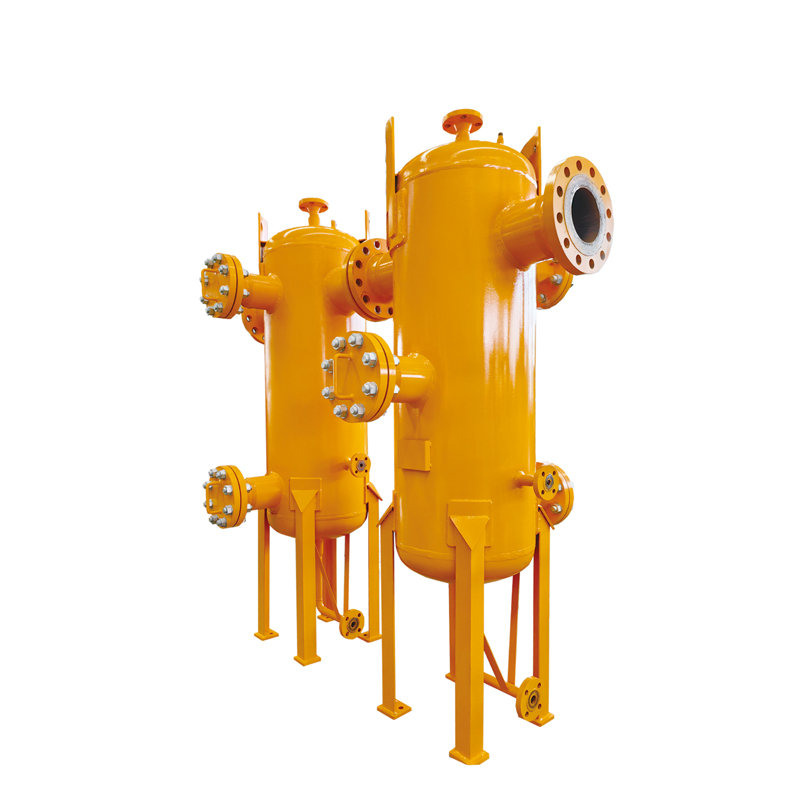
Dec . 04, 2024 16:36
Back to list
Pneumatic Control Valve Systems for Efficient Automation and Streamlined Operations
Understanding Pneumatic Control Valves An Essential Component in Fluid Control Systems
In industrial applications and automation systems, the effective control of fluid flow is crucial. Among the devices designed for this purpose, pneumatic control valves stand out due to their versatility and efficiency. This article aims to provide a comprehensive understanding of pneumatic control valves, their types, functions, and applications.
What are Pneumatic Control Valves?
Pneumatic control valves are devices used to regulate the flow of compressed air or gases in pneumatic systems. These valves can control various attributes of the fluid flowing through them, including flow rate, pressure, and direction, thereby ensuring optimal performance of the overall system. The operation of these valves is typically actuated by pneumatic pressure, making them suitable for environments where fast response times and high reliability are required.
Types of Pneumatic Control Valves
There are several types of pneumatic control valves, each suited for specific applications. The most common types include
1. Solenoid Valves These valves are operated electronically by a solenoid coil. When an electrical signal is applied, the solenoid activates, opening or closing the valve to regulate flow.
2. Diaphragm Valves These utilize a flexible diaphragm that moves up or down to control the flow of air. This design is particularly useful for applications requiring a tight seal to prevent leakage.
3. Ball Valves Featuring a spherical disc that rotates to open or close the flow path, ball valves provide excellent sealing and are suitable for high-pressure applications.
4. Butterfly Valves These valves have a rotating disc that can quickly open or close the flow. They are commonly used in large-diameter pipes and can be operated manually or automatically.
5. Gate Valves These valves lift a gate out of the path of the fluid flow. They are typically suitable for on/off applications where minimal pressure drop is required.
pneumatic control valve

Working Principle
The operation of a pneumatic control valve typically involves input from a control system or operator, which determines how the valve should respond. The control signal—either in the form of electrical currents for solenoid valves or pneumatic pressure in the case of other types—actuates the valve. Depending on the type of valve, the actuator moves either a diaphragm, ball, or other mechanisms to allow or restrict fluid flow.
For example, in a solenoid valve, when the coil is energized, it creates a magnetic field that pulls a plunger, either opening or closing the valve. Conversely, when the power is cut, a spring mechanism returns the valve to its original state.
Applications of Pneumatic Control Valves
Pneumatic control valves are integral to various industries, including manufacturing, automotive, food processing, and pharmaceuticals. Their applications extend to
- Automated Assembly Lines Pneumatic valves control actuators that drive various assemblies, ensuring efficiency and precision in production processes. - Chemical Processing In industries where gases and chemicals are transported, pneumatic control valves regulate flow and pressure, maintaining safety and efficiency. - HVAC Systems In heating, ventilation, and air conditioning systems, these valves help manage airflow and maintain desired indoor climates. - Food and Beverage Pneumatic control valves ensure hygienic transport and processing of food products, adhering to strict industry standards.
Advantages of Pneumatic Control Valves
One of the primary benefits of pneumatic control valves is their rapid response time, which is essential in dynamic industrial environments. Additionally, they are reliable, require relatively low maintenance, and can handle various temperatures and pressures. The simplicity of their operation also means they can be easily integrated into automated systems, reducing the need for extensive manual intervention.
Conclusion
In summary, pneumatic control valves play a vital role in fluid control systems across numerous industries. With their ability to regulate airflow efficiently and accurately, they help enhance automation and increase productivity. As technology continues to advance, the development of even more sophisticated pneumatic control valves will enable industries to meet higher standards of efficiency and safety, making them indispensable in modern industrial applications. Understanding their functionality and applications is key for professionals involved in fluid dynamics and automation, as these valves are at the forefront of efficient fluid control technology.
Latest news
-
Safety Valve Spring-Loaded Design Overpressure ProtectionNewsJul.25,2025
-
Precision Voltage Regulator AC5 Accuracy Grade PerformanceNewsJul.25,2025
-
Natural Gas Pressure Regulating Skid Industrial Pipeline ApplicationsNewsJul.25,2025
-
Natural Gas Filter Stainless Steel Mesh Element DesignNewsJul.25,2025
-
Gas Pressure Regulator Valve Direct-Acting Spring-Loaded DesignNewsJul.25,2025
-
Decompression Equipment Multi-Stage Heat Exchange System DesignNewsJul.25,2025

